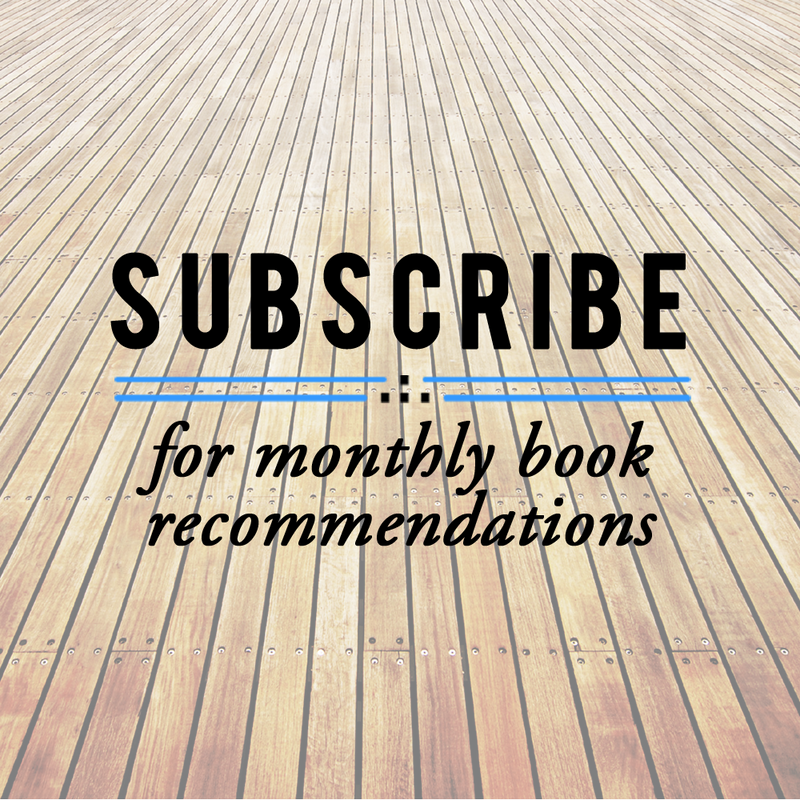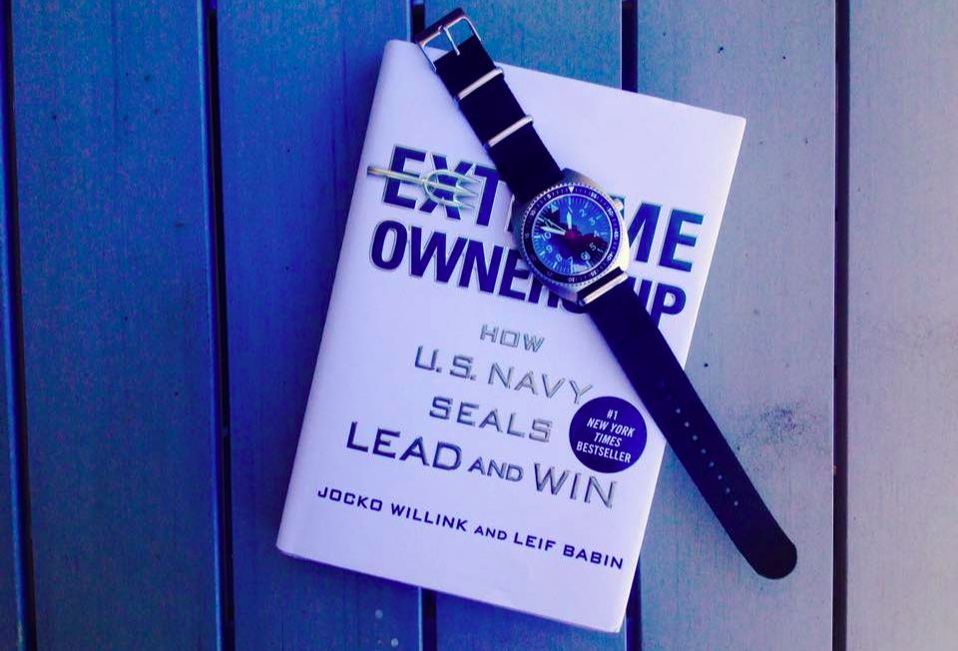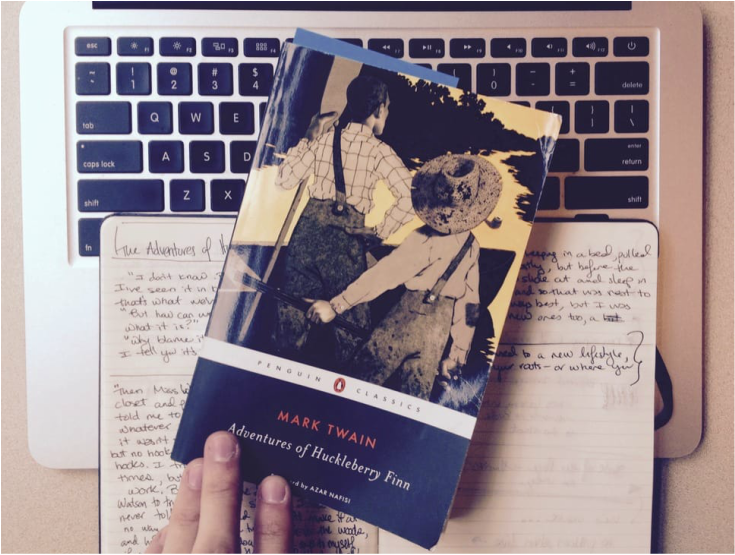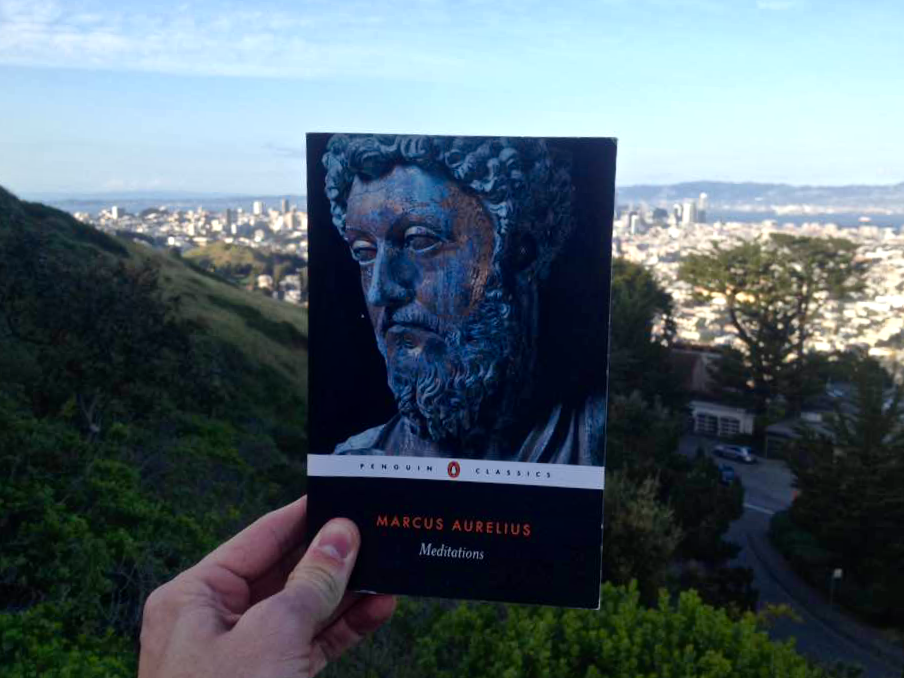"That 'little place in the country' has turned
into a billion-dollar-a-year business, powerful
enough to inspire radical changes in building
methods and the most exciting domestic
architecture being created in America today."
— Sports Illustrated, 1963
Although its origins can be traced to pre-historic Japan, A-frames have existed almost everywhere in every time period: Medieval Europe, the New World circa-Columbus' arrival, the jungles of Wakdi Island in New Guinea, Canadian hunting lodges of the 17th Century, and Swiss alpine towns of the 18th. Here in the states, they became wildly popular in the post-WWII economy of the '50s. Chad Randl writes in A-frame's beginning:
"The A-frame was the right shape at the right time. It was the era of the 'second everything,' when postwar prosperity made second televisions, second bathrooms, and second cars expected accoutrements of middle-class American life. Next, signs at the hardware store and ads in popular magazines declares, 'Every family needs two homes! ... one for the work-week, one for pure pleasure.'" (10)
By the '60s, the A-frame was a cultural icon, representing for Americans a life of leisure and recreation. Tens of thousands cropped up in the ski communities of the Pacific Northwest, highway rest stops in America's heartland, and along lakesides of New England.
"The A-frame was the right shape at the right time. It was the era of the 'second everything,' when postwar prosperity made second televisions, second bathrooms, and second cars expected accoutrements of middle-class American life. Next, signs at the hardware store and ads in popular magazines declares, 'Every family needs two homes! ... one for the work-week, one for pure pleasure.'" (10)
By the '60s, the A-frame was a cultural icon, representing for Americans a life of leisure and recreation. Tens of thousands cropped up in the ski communities of the Pacific Northwest, highway rest stops in America's heartland, and along lakesides of New England.
JOHN CAMPBELL'S LEISURE HOUSE
My favorite structure A-frame explores was John Campbell's 1952 Leisure House, pictured above. Designed in San Francisco by him and Worley Wong, the first one was erected at Fallen Leaf Lake in Lake Tahoe, California and another in Mill Valley.
The design gained attention for its modern, yet warm and traditional design by several San Francisco magazines. Campbell and Wong now had an interested audience and they worked to offer pre-cut, Do-It-Yourself home kits to be purchased for under $900 and put together by two adults in two days or less. They sold these kits for 20 years before A-frame popularity slipped in the '70s.
Equal parts architecture and American history, Randl's A-frame has me pining for my own private, summer retreat. {JG}
The design gained attention for its modern, yet warm and traditional design by several San Francisco magazines. Campbell and Wong now had an interested audience and they worked to offer pre-cut, Do-It-Yourself home kits to be purchased for under $900 and put together by two adults in two days or less. They sold these kits for 20 years before A-frame popularity slipped in the '70s.
Equal parts architecture and American history, Randl's A-frame has me pining for my own private, summer retreat. {JG}
ABOUT CHAD RANDL
Chad Randl is an architectural historian working at the National Park Service. His other work, Revolving Architecture, explores various buildings, modern and historical, engineered to rotate, swivel, and pivot (WWII bunkers, ancient Roman palaces, railroad yards, and experimental solariums).
YOU MAY ALSO LIKE
{ * } Salt by Mark Kurlansky
{ * } Eye of the Beholder by Laura J. Snyder
{ * } A War Like No Other by Victor Davis Hanson
{ * } The Best Books I Read In 2016
{ * } Eye of the Beholder by Laura J. Snyder
{ * } A War Like No Other by Victor Davis Hanson
{ * } The Best Books I Read In 2016
"Some of the most provocative postwar architecture was designed for leisure living.
Small size, low cost, and freedom from the requirements of a permanent home
encouraged a spirit of experimentation and a willingness to explore the unorthodox."
— Chad Randl, A-frame
Small size, low cost, and freedom from the requirements of a permanent home
encouraged a spirit of experimentation and a willingness to explore the unorthodox."
— Chad Randl, A-frame






















